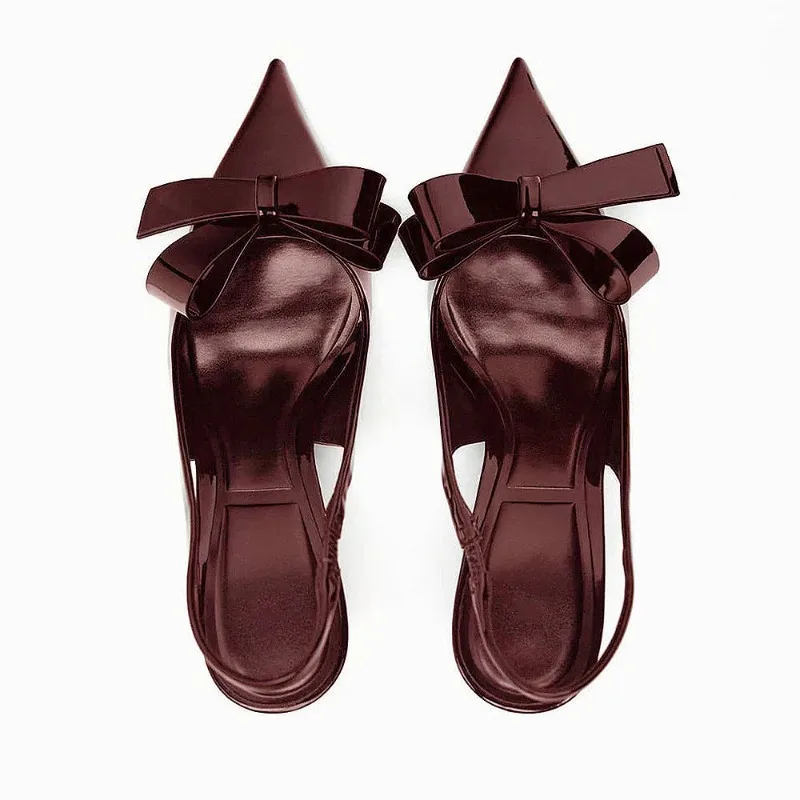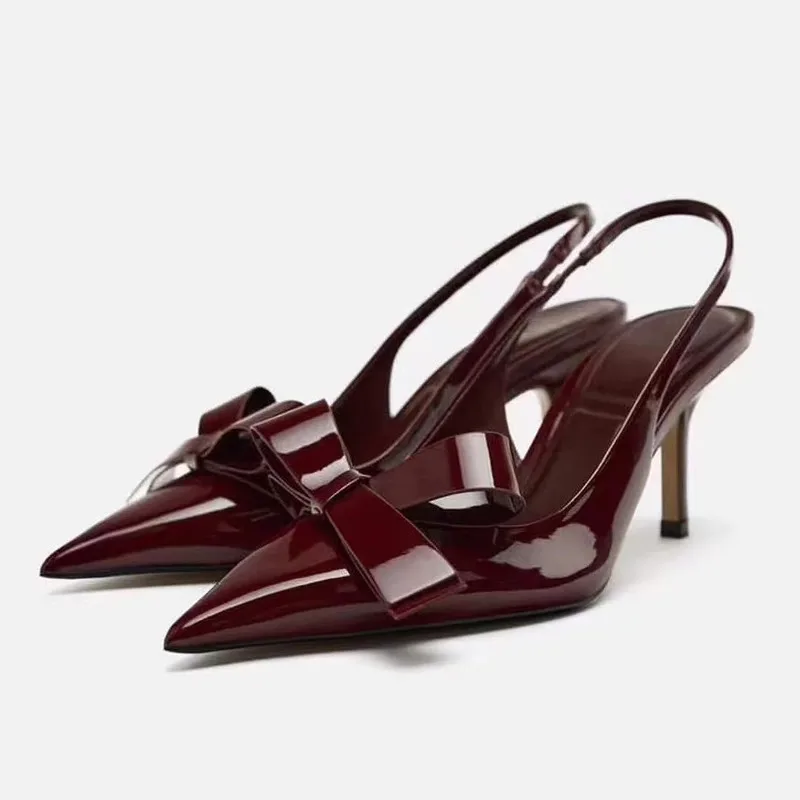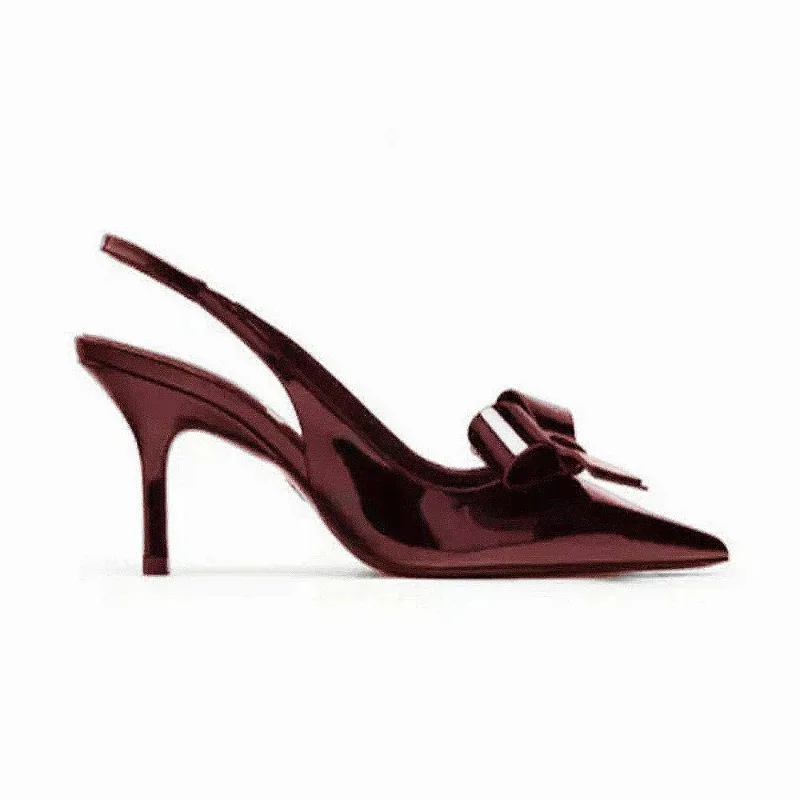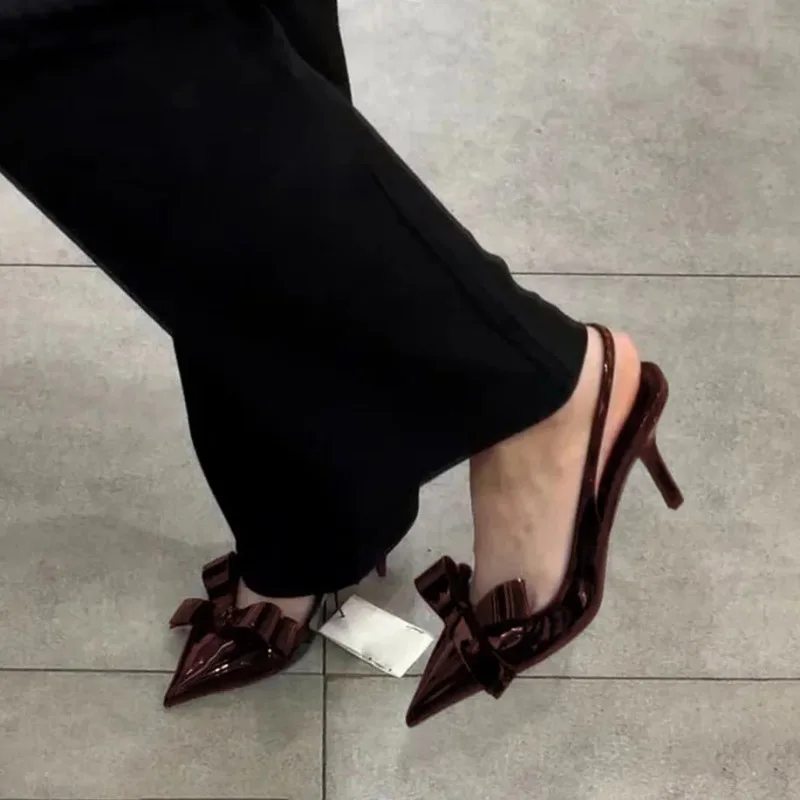Imtroduction
High heels are a staple in many wardrobes, known for their ability to elevate an outfit and enhance one’s posture. However, they often come with the downside of discomfort. Many women struggle with the pain associated with wearing high heels, whether it’s for a long day at work, a special event, or a night out. Fortunately, there are several strategies and tips that can make high heels more comfortable. This article will explore practical ways to how to make high heels more comfortable, ensuring you look stylish without sacrificing your well-being.

Understanding the Anatomy of High Heels
The Design and Structure of High Heels
High heels come in various styles and designs. They typically feature a raised heel that changes the foot’s angle. This angle shifts weight from the heel to the toes. This design can lead to discomfort and pain, especially if worn for extended periods. The height of the heel, the shape of the toe box, and the material used all contribute to how comfortable or uncomfortable a pair of heels can be.
Most high heels have a narrow toe box, which can squeeze the toes together. This pressure can cause various foot problems, including bunions, calluses, and blisters. Additionally, the height of the heel affects balance and stability. Higher heels often lead to a more significant risk of ankle sprains and falls.
To better understand comfort issues, it’s essential to recognize how high heels affect the body. Wearing high heels changes your posture and can lead to back pain and knee strain. By understanding these factors, you can make informed choices about which heels to wear and how to improve their comfort.
Foot Type and High Heel Comfort
Everyone’s feet are different, and not all high heels will suit every foot type. Some people have high arches, while others have flat feet. Some individuals may have wider feet, while others have narrow ones. These variations affect how heels fit and feel.
If you have high arches, look for heels that offer arch support. Many brands now create heels with built-in cushioning that caters to different foot shapes. For those with flat feet, a slight arch in the shoe can provide the necessary support. Wider feet benefit from styles with a roomier toe box. Knowing your foot type can help you select the best heels for comfort.
Choosing the Right Height
Not all high heels need to be sky-high. In fact, choosing the right heel height is crucial for comfort. Heels that are too high can cause pain and instability. A heel height of two to three inches is often recommended for everyday wear. This height provides a good balance between style and comfort. It allows for a more natural foot position and less strain on the legs and back.
When selecting heels for special occasions, consider the duration you’ll be wearing them. If you expect to be on your feet for hours, opt for a lower heel. If you want to wear taller heels, look for designs that offer better support. Platforms can also help by distributing weight more evenly across the foot.

Practical Tips to Enhance Comfort
Invest in Quality Shoes
Investing in high-quality shoes can make a significant difference in comfort. Cheaper heels often use lower-quality materials that don’t provide adequate support. High-quality heels are usually made from leather or other durable materials that mold to the foot over time. These shoes offer better breathability, reducing the chances of blisters and discomfort.
When shopping for high heels, pay attention to the construction. Look for features like cushioned insoles and padded collars. These elements provide additional comfort and support. Brands that specialize in comfortable footwear often offer a range of stylish high heels designed with comfort in mind.
Use Inserts and Cushions
Inserts and cushions can dramatically improve the comfort of high heels. Gel inserts are popular choices, as they add cushioning where you need it most. They can help reduce pressure on the balls of your feet and provide additional arch support. Many brands offer specific inserts designed for high heels.
Another option is ball-of-foot cushions, which provide extra padding in the forefoot area. These are especially helpful for reducing the discomfort associated with standing or walking in heels for long periods. Ensure that any insert you use fits properly and does not make the shoe too tight.
Choose the Right Size
Wearing the correct size is critical for comfort. Many people choose high heels that are too small in an attempt to achieve a certain look. This can lead to pain and foot problems. Always get your feet measured before purchasing new heels. Sizes can vary between brands, so try on multiple pairs to find the best fit.
When trying on heels, wear the type of hosiery or socks you plan to use. Walk around the store to see how they feel. Make sure there’s enough space for your toes to move comfortably. If the heels pinch or squeeze, they are likely too small. A good rule of thumb is to have about half an inch of space at the end of the shoe.
Preparing for Wear
Gradually Increase Wear Time
If you are not used to wearing high heels, it’s essential to ease into them. Start by wearing them for short periods and gradually increase the time you wear them. This approach helps your feet adjust to the new footwear. It also reduces the chances of developing blisters or other injuries.
Consider wearing your heels at home before an event. This way, you can break them in without the pressure of being in public. Walking on different surfaces at home can also help you get used to the feel of the heels.
Stretching and Strengthening Exercises
Strengthening your feet and ankles can help you wear high heels more comfortably. Simple exercises, like toe curls and ankle rotations, can improve flexibility and strength. Stretching your calves and feet also helps prepare your body for the demands of high heels.
Incorporate foot stretches into your daily routine. For instance, try standing on a step and letting your heels hang off the edge. This stretch helps lengthen the calf muscles, making it easier to wear heels. Stronger feet will provide better support and help prevent fatigue.
Keep Feet Hydrated and Moisturized
Dry skin can lead to discomfort when wearing high heels. Keeping your feet hydrated helps maintain skin elasticity and prevents cracking. Regularly moisturizing your feet can help reduce friction and the chances of blisters.
Look for creams that contain ingredients like shea butter or coconut oil. Apply these creams before bed and wear socks overnight for maximum absorption. This routine keeps your feet soft and reduces the likelihood of irritation.
On the Day of Wearing High Heels
Dress Smartly
When you plan to wear high heels, consider your outfit carefully. Choose clothes that allow you to move freely. Avoid overly tight clothing that might restrict your movement. Opt for fabrics that offer comfort and breathability. This will help you feel more at ease, even in heels.
Also, think about the length of your dress or skirt. Longer hemlines can sometimes drag and cause you to trip. A dress that hits just above the knee often pairs well with high heels, offering a stylish look while minimizing the risk of tripping.

Plan Your Walking Route
If you know you’ll be walking a lot, plan your route ahead of time. Choose paths that are even and well-maintained. Avoid cobblestones, gravel, or any uneven surfaces that can increase the risk of twisting an ankle.
If you’re attending an event, scout the venue for places to sit down. Knowing where you can take breaks will make your experience more enjoyable. Don’t hesitate to take off your heels if you need to give your feet a rest.
Hydration and Foot Care Throughout the Day
Stay hydrated during the day. Dehydration can lead to swelling in your feet, making your heels feel tighter and more uncomfortable. Keep a water bottle handy and sip throughout the day.
If you feel discomfort setting in, take a moment to assess your feet. If you can, remove your shoes for a few minutes to relieve pressure. Stretch your toes and wiggle them to promote circulation. This simple action can make a significant difference.
Post-Wear Foot Care
Soothing Soaks and Treatments
After a long day in high heels, treat your feet to a soothing soak. Fill a basin with warm water and add Epsom salt. This mixture helps reduce swelling and relieve muscle tension. Soak your feet for about 15 to 20 minutes.
You can also try a cooling foot gel afterward. Products containing menthol or peppermint provide a refreshing sensation that soothes tired feet. Massage the gel into your feet, focusing on areas that feel sore.
Regular Foot Maintenance
Regular foot maintenance can prevent discomfort when wearing high heels. Schedule pedicures to keep your feet looking and feeling their best. A pedicure helps maintain healthy nails and skin, reducing the chances of issues that can arise from wearing heels.
Also, keep an eye on your foot health. If you notice persistent pain or discomfort, consult a podiatrist. They can provide personalized advice and solutions tailored to your needs.
Reflection on Your Experience
After wearing high heels, take a moment to reflect on the experience. Consider what worked and what didn’t. Did you find the shoes comfortable? Were there specific moments when you felt pain? This reflection will help you make better choices in the future.
If you had a great experience, take note of the shoes that worked well for you. If not, think about what changes you can make next time. Whether it’s choosing a different style or using more cushioning, these insights will guide your future purchases.
Conclusion
Wearing high heels doesn’t have to mean enduring pain and discomfort. By understanding the design of high heels and implementing practical tips, you can enjoy the elegance of heels without sacrificing comfort. From selecting the right pair to caring for your feet, every step can contribute to a more enjoyable experience.
